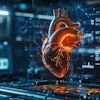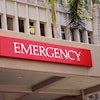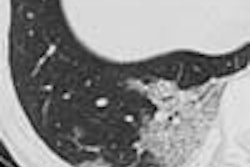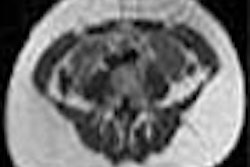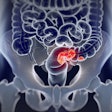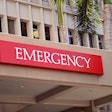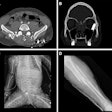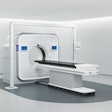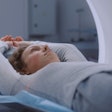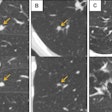Dear CT Insider:
The growing number of detectors in CT scanners is putting unprecedented diagnostic power in the hands of radiologists. But the multislice machines also offer an increasing array of user-controllable acquisition parameters. Too many choices can make it difficult to determine the best exposure choice for a given patient.
Fortunately, Dr. Geoffrey Rubin and Dr. Dominik Fleischmann from California's Stanford University have a plan for reducing multislice CT acquisition to a series of four questions. By zeroing in on section thickness, scan speed, radiation dose, and noise, radiologists can reduce the exposure question to its most intuitive elements, and more easily determine the best exposure technique for any situation.
These experts discussed the exposure decision in four patients at last month's Symposium on Multidetector-Row CT in San Francisco. For a thought-provoking review of MDCT acquisition priorities, just click on our Insider Exclusive story below, published for you before it's made available to other AuntMinnie members.
While you're in the CT Digital Community, you'll also want to examine images of the devastating toll wreaked by SARS on the lung parenchyma of many patients who are lucky enough to survive the initial infection.
Dr. Gregory Antonio, Dr. K.T. Wong, and colleagues from the Prince of Wales Hospital in Hong Kong examined 24 SARS patients following their discharge from the hospital. With the aid of thin-section CT, they found parenchymal abnormalities, many severe, in nearly all of the patients. For the rest of the story, just visit our CT Digital Community.
